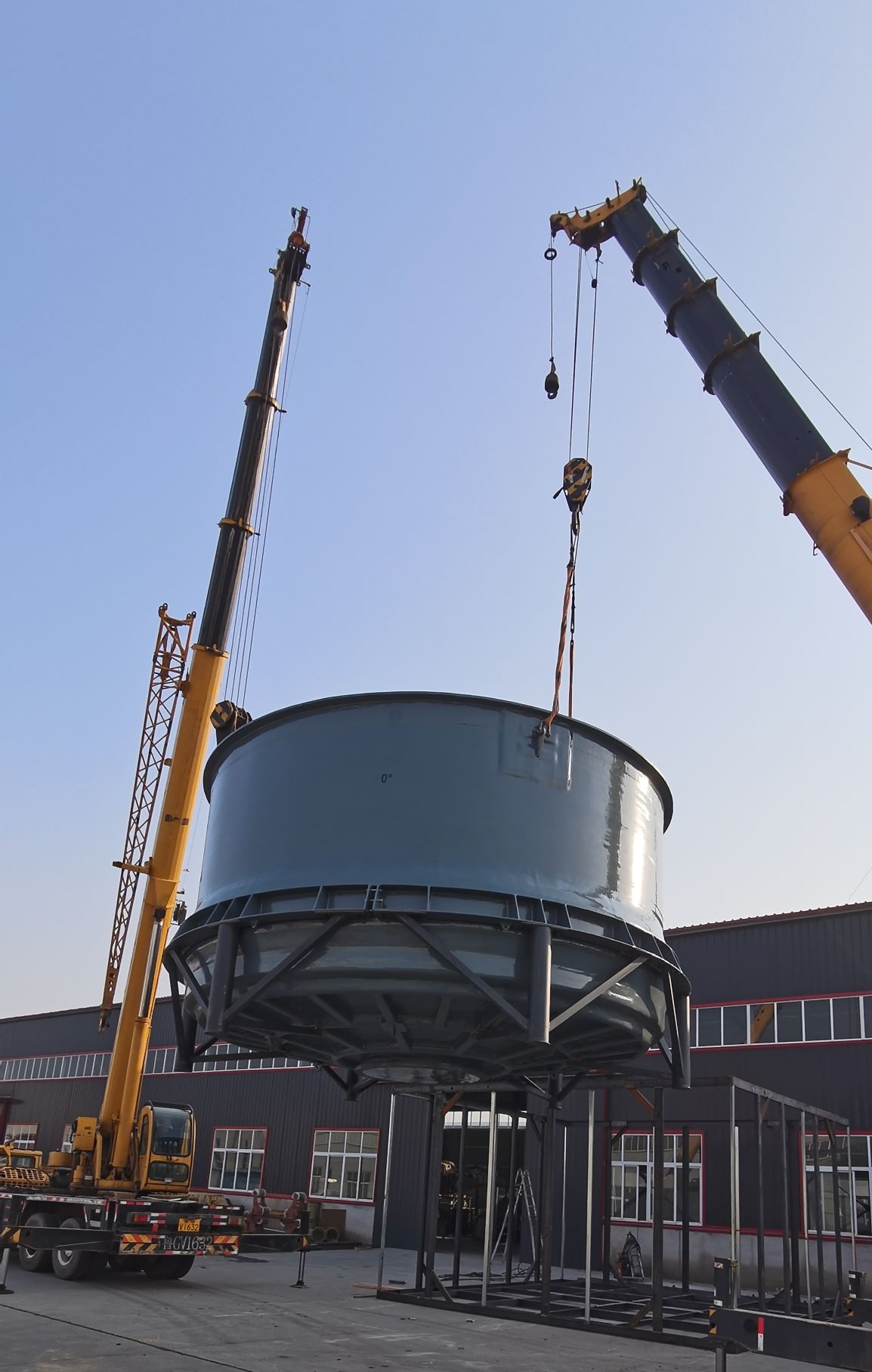
-
 Afrikaans
Afrikaans -
 Albanian
Albanian -
 Amharic
Amharic -
 Arabic
Arabic -
 Armenian
Armenian -
 Azerbaijani
Azerbaijani -
 Basque
Basque -
 Belarusian
Belarusian -
 Bengali
Bengali -
 Bosnian
Bosnian -
 Bulgarian
Bulgarian -
 Catalan
Catalan -
 Cebuano
Cebuano -
 China
China -
 China (Taiwan)
China (Taiwan) -
 Corsican
Corsican -
 Croatian
Croatian -
 Czech
Czech -
 Danish
Danish -
 Dutch
Dutch -
 English
English -
 Esperanto
Esperanto -
 Estonian
Estonian -
 Finnish
Finnish -
 French
French -
 Frisian
Frisian -
 Galician
Galician -
 Georgian
Georgian -
 German
German -
 Greek
Greek -
 Gujarati
Gujarati -
 Haitian Creole
Haitian Creole -
 hausa
hausa -
 hawaiian
hawaiian -
 Hebrew
Hebrew -
 Hindi
Hindi -
 Miao
Miao -
 Hungarian
Hungarian -
 Icelandic
Icelandic -
 igbo
igbo -
 Indonesian
Indonesian -
 irish
irish -
 Italian
Italian -
 Japanese
Japanese -
 Javanese
Javanese -
 Kannada
Kannada -
 kazakh
kazakh -
 Khmer
Khmer -
 Rwandese
Rwandese -
 Korean
Korean -
 Kurdish
Kurdish -
 Kyrgyz
Kyrgyz -
 Lao
Lao -
 Latin
Latin -
 Latvian
Latvian -
 Lithuanian
Lithuanian -
 Luxembourgish
Luxembourgish -
 Macedonian
Macedonian -
 Malgashi
Malgashi -
 Malay
Malay -
 Malayalam
Malayalam -
 Maltese
Maltese -
 Maori
Maori -
 Marathi
Marathi -
 Mongolian
Mongolian -
 Myanmar
Myanmar -
 Nepali
Nepali -
 Norwegian
Norwegian -
 Norwegian
Norwegian -
 Occitan
Occitan -
 Pashto
Pashto -
 Persian
Persian -
 Polish
Polish -
 Portuguese
Portuguese -
 Punjabi
Punjabi -
 Romanian
Romanian -
 Russian
Russian -
 Samoan
Samoan -
 Scottish Gaelic
Scottish Gaelic -
 Serbian
Serbian -
 Sesotho
Sesotho -
 Shona
Shona -
 Sindhi
Sindhi -
 Sinhala
Sinhala -
 Slovak
Slovak -
 Slovenian
Slovenian -
 Somali
Somali -
 Spanish
Spanish -
 Sundanese
Sundanese -
 Swahili
Swahili -
 Swedish
Swedish -
 Tagalog
Tagalog -
 Tajik
Tajik -
 Tamil
Tamil -
 Tatar
Tatar -
 Telugu
Telugu -
 Thai
Thai -
 Turkish
Turkish -
 Turkmen
Turkmen -
 Ukrainian
Ukrainian -
 Urdu
Urdu -
 Uighur
Uighur -
 Uzbek
Uzbek -
 Vietnamese
Vietnamese -
 Welsh
Welsh -
 Bantu
Bantu -
 Yiddish
Yiddish -
 Yoruba
Yoruba -
 Zulu
Zulu
Effective FRP Moisture Trap Solutions for Enhanced Durability
The Importance of FRP Moisture Traps in Industrial Applications
In various industrial applications, managing moisture is crucial for ensuring the longevity and efficiency of equipment. One innovative solution that has gained popularity is the use of Fiber Reinforced Polymer (FRP) moisture traps. These traps are designed to mitigate the adverse effects of water accumulation, which can lead to corrosion, mold growth, and operational inefficiencies.
The Importance of FRP Moisture Traps in Industrial Applications
One of the key advantages of FRP moisture traps is their ability to effectively collect and remove excess moisture from the air or process environments. This is achieved through a combination of design features that promote condensation and drainage. The lightweight nature of FRP also facilitates easy installation and maintenance, allowing for quick replacements or adjustments without significant downtime.
frp moisture trap

Moreover, FRP moisture traps contribute to energy efficiency. By controlling humidity levels and preventing the buildup of water, these traps help maintain optimal operating conditions for machinery and equipment. This translates to lower energy consumption and reduced operational costs, making them a cost-effective solution for many businesses.
In addition to their functional benefits, FRP moisture traps are also environmentally friendly. The materials used in their construction can often be recycled, and their durability reduces the need for frequent replacements, further minimizing waste. As industries continue to prioritize sustainability, incorporating FRP moisture traps into their systems can align with these goals.
In conclusion, FRP moisture traps represent an innovative approach to moisture management in various industrial applications. Their durability, efficiency, and sustainability make them an ideal choice for preventing the detrimental effects of moisture. By investing in these advanced solutions, businesses can protect their equipment and enhance their overall operational performance. As industries evolve, the adoption of such technologies will be essential for navigating the challenges posed by moisture in industrial settings.









